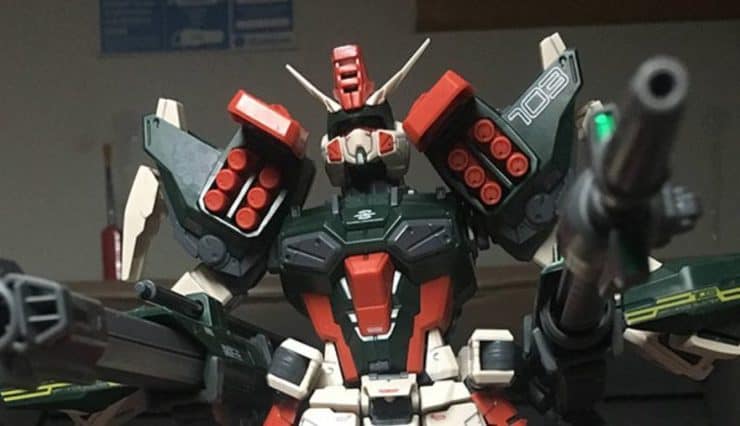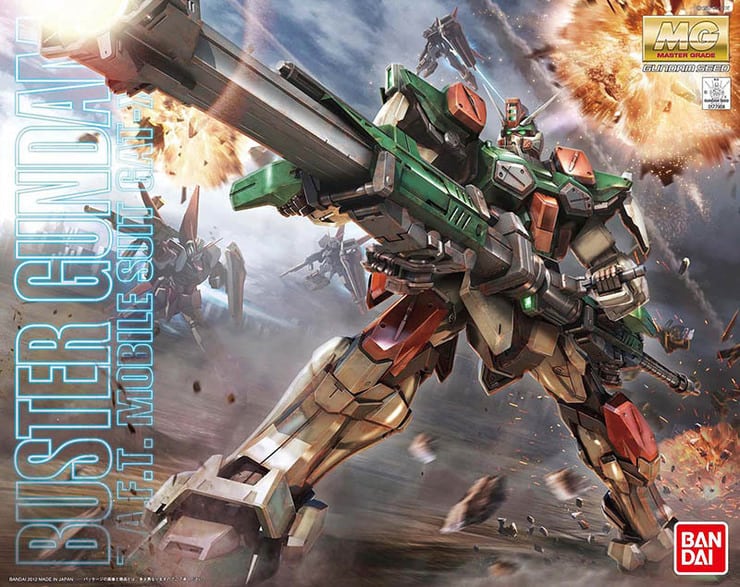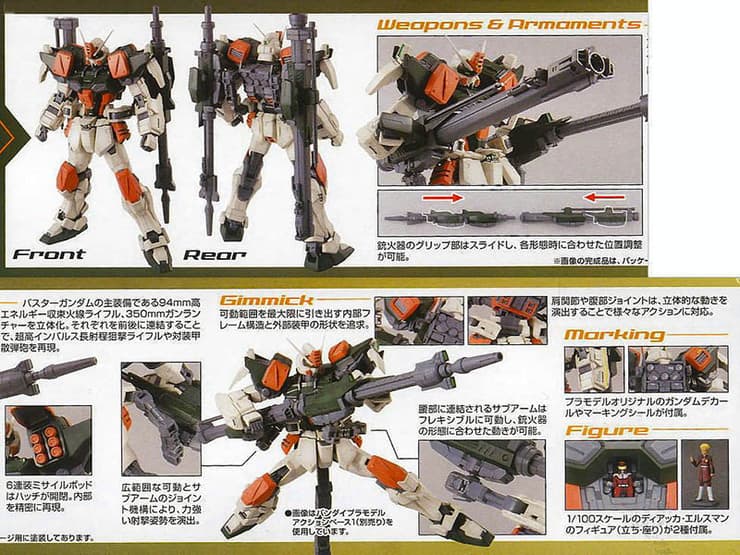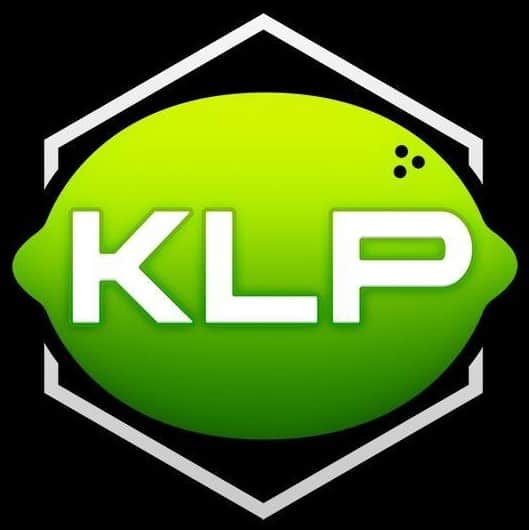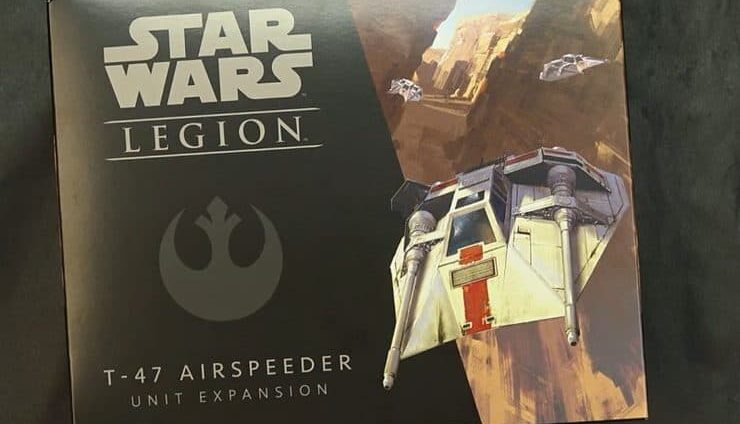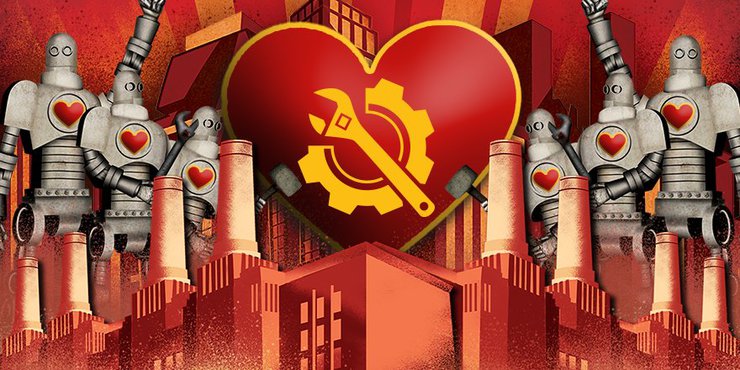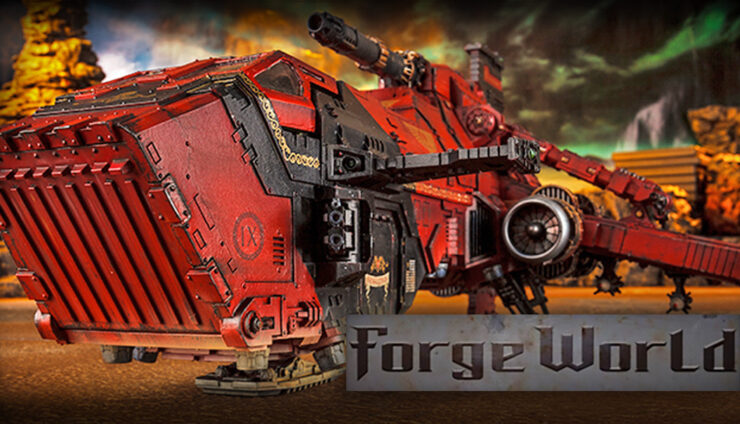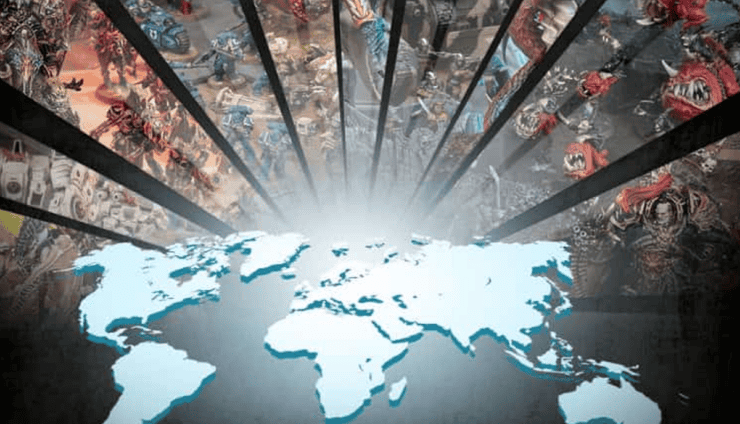No glue required is one of the biggest differences between Gundam hobby (Gunpla) and the tabletop one. Here is one hobbyist’s story of crossing over from Warhammer to Gunpla.
It’s been 7 or so years since I ordered a box of Necron Warriors from Games Workshop’s online store, my first adventure into the vast hobby that is tabletop gaming. Let alone model-building.
I’ve put together models made of plastic, pewter, and more resin materials than I can bear to count since then. Converting, assembling, painting, and playing, it the natural course of making your gun or sword-toting army in the world of tabletop gaming.
However, another world has recently crashed into my world of hobbying. At the suggestion and egging on from a friend, I bought myself something I had only ever looked at from afar; a Gundam Mech kit from Bandai. Specifically, Buster Gundam, a Master-Grade kit from Gundam Seed. I’d never watched any of the series before then, other than catching small bits of their newer series, Iron-Blooded Orphans, but I certainly love a good mech design.
Opening the box, it looked like the usual fare I had come to be familiarized with through tabletop gaming; Plastic sprues, and an instruction sheet. However, a good number of these were of varying colors. Beige, Grey, Green, Orange. Some sprues even having multiple colors in one sheet through the use of multi-gating in the injection process, all of very high, crisp quality. Though with a few extras, namely a sheet of dry-rub transfers, clear-backing stickers, and high-reflective stickers. I grabbed my clippers, knife, and the instructions, and found arguably the most exciting difference between tabletop models and Gundam kits:
No glue required.
I was surprised, to say the least. A full poseable high-quality kit that I didn’t have to weld or adhere pieces together? This was going to be interesting… and it certainly was. Every piece easily either clipped in, slid in, or wedged with ease through its build, eliminating the need for curing time or messiness. Mistakes were easily fixed, just undo the pieces, rectify the missed step, and put it all back together without a multitude of plastic-tearing and mixed swears.
With the multicolored plastic pieces eliminating much any need for painting it relieved my usual worries of sub-assembly. I realize many people do paint their gunpla, but I wanted to experience a proper assembly for my first go. I was impressed with the intricacies of the design; bending the knee would angle the knee armor downwards, the shoulder joint allowing for multiple angles of movement, with the pauldrons being separate pieces that moved independently.
To say it was a cathartic experience was an understatement, despite master-grade being a higher level of piece-count and detail than the base rank, High-grade, my experiences with models made it a smooth, and fun experience, especially without the need of any glues. It made me excited and curious both together at the thought of putting together their most advanced and best kits, Perfect-Grade kits. With the model put together by the end, I had a number of ways to pose it, as well as its large weapons for display purposes.
Along with the base, I also purchased another item my friend suggested, Gundam Markers. They were pretty much just that, fine-point markers with a less-reflective color ink, to use for recesses on the plastic without the need for priming. This made the armor plates and detail stand out very well, as I’d already experienced with recess-shading in tabletop miniatures. I’d be lying if I said I didn’t test it on some Tau models. It works better than it rightfully should.
With my first Gundam Model sitting on the shelf, posed mid-action with its missile pods open, aiming both massive guns, I was extremely happy with the full experience. I felt a bit of a sadness to be not able to use such a model in a game as I did with the rest of my hobby, but it was a unique and satisfying experience, a relaxing night dedicated to putting something together without worrying about sub-assemblies, priming, wargear options, making deadlines. Something I’d highly suggest to most people, just to try out at least once, especially noting that the kit itself was fairly-priced, about the same as a Leman Russ tank in Warhammer, which some being a third of the price and just as large and impressive.
All in all, I’m happy with the whole aspect and experience, and I’ve purchased a few other kits since, including some specialty ones Bandai have made for the show Neon Genesis Evangelion, and Star Wars, and they’ve served as a wonderful, relaxing pastime between projects, not to mention they look fantastic on my shelves, and I intend on getting more every now and then.
Interested in hearing more? Check out KeyLime Prime on Facebook and on Twitch!
